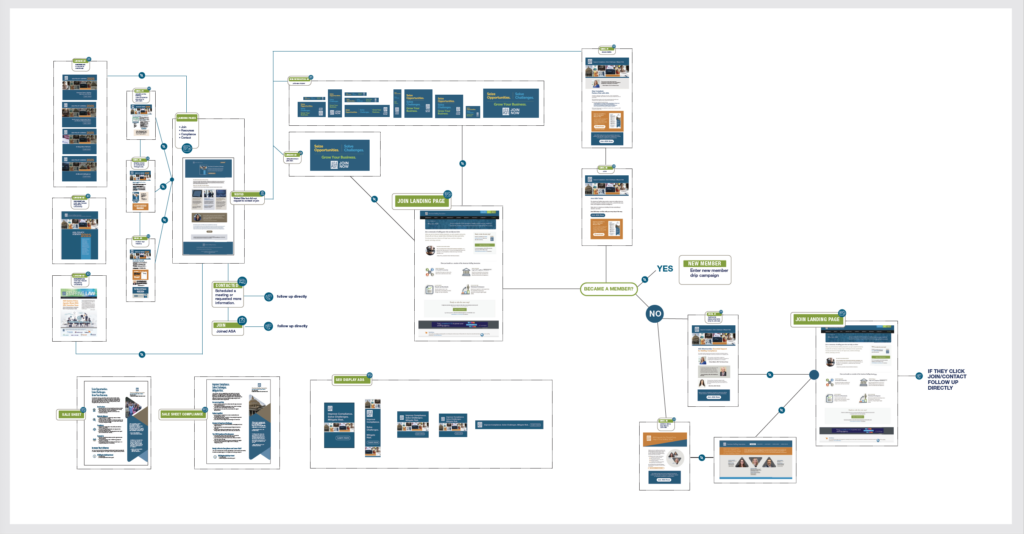Change is messy. You’ve faced plenty of distractions and challenges these past months. But now we’re already into Q2. Member acquisition and engagement can’t wait any longer.
Compliance Came First—We Get It
Compliance challenges demanded your attention, urgently and repeatedly. You’ve worked hard adapting to regulations and supporting your members through the complexities.
Your existing members needed this effort, and you delivered. But amid all this, attracting new members likely fell down your priority list. Perhaps your campaigns are delayed or still in draft form.
That’s understandable, but it’s now a risk you can’t afford any longer.
You Already Have What You Need
Here’s the good news: You don’t have to start from scratch. The compliance webinars, resources, and content you’ve created can be turned into effective recruitment tools.
Right now, prospects facing those same compliance hurdles are actively searching for clear answers and actionable solutions—and your association already has them in hand.
Turn Complexity into Opportunity
Compliance complexities aren’t going away. Your prospective members urgently need practical solutions, and they’re currently evaluating organizations that can offer reliable help.
You’ve got exactly what these prospects are looking for. Instead of worrying about what’s been missed, your focus should shift to quickly leveraging existing compliance-focused content to attract, engage, and convert new members.
Now is your opportunity to quickly activate the resources you already have.

This example shows how to transform your compliance policy agenda into a full-funnel workflow—starting with introductory emails and social ads, moving through LinkedIn campaigns and web retargeting, then on to landing pages, follow-up nurtures, and story-driven content—demonstrating the complete journey from prospect to member, all powered by your compliance messaging.
It’s Not Too Late—But You Have to Act Now
At Rottman Creative, we’ve successfully helped associations transform complex compliance content into effective recruitment marketing—creating clear messaging that drives membership growth.
Let’s put your existing assets to work now, attracting prospects by demonstrating exactly why your association is their smartest choice. Let’s talk >
Share this post in LinkedIn:
NOT ANOTHER SNOOZELETTER.
SIGN UP. BE INSPIRED.
How Well Do You Really Understand Your Members’ Time?

How to Use Brand Pillars for Better Marketing




























